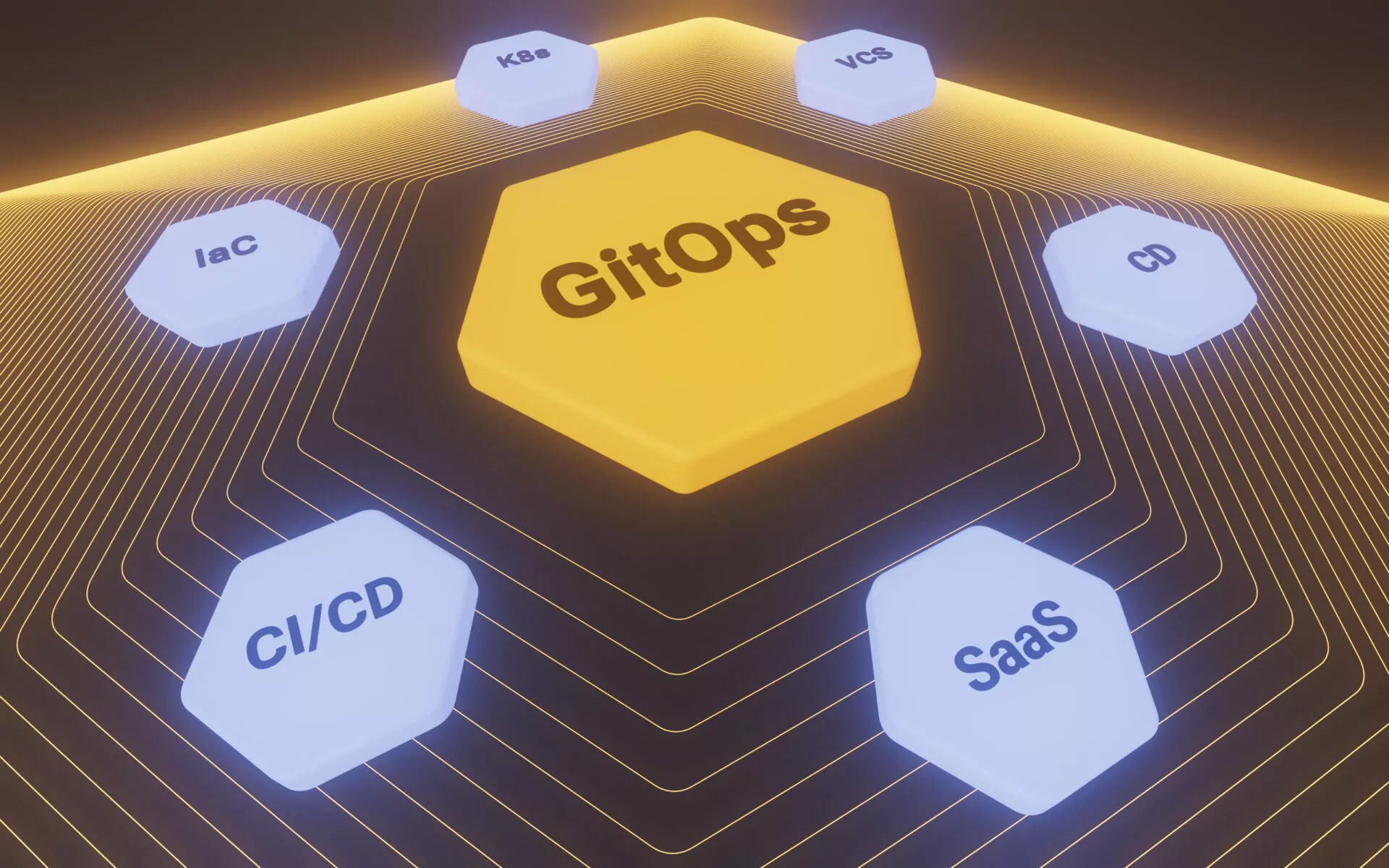
The GitOps Revolution: How Argo CD Turns Git into Your Single Source of Truth
For years, the world of DevOps has perfected the art of Continuous Integration (CI). We have become experts at automatically building, testing, and packaging our software. But the final step, Continuous Deployment (CD), has often remained a complex and anxious process, frequently reliant on fragile, imperative scripts that « push » changes into our production environments.
How can we be certain that what’s running in our Kubernetes cluster perfectly matches what we think should be running? How can we roll back a bad deployment instantly and reliably?
A modern operations paradigm called GitOps provides a powerful answer. It proposes a fundamental shift in how we manage deployments, championing Git as the undisputed, single source of truth for the entire state of our system. And in the Kubernetes ecosystem, the CNCF-graduated project Argo CD has emerged as the leading open-source tool for making GitOps a reality.
The GitOps Principles: A New Way of Thinking
Before looking at the tool, it’s crucial to understand the philosophy. GitOps is built on a few core principles that change the deployment model from « push » to « pull. »
- Git is the Single Source of Truth: Your entire system’s desired state is defined declaratively and stored in a Git repository. This includes every Kubernetes manifest for your applications—Deployments, Services, ConfigMaps, etc. To make any change to the system, from updating an application image to scaling a deployment, you make a commit to Git.
- A « Pull » Model, Not a « Push »: Instead of a CI pipeline pushing changes to the cluster, an automated agent runs inside the cluster. This agent’s job is to continuously « pull » from the Git repository and compare the desired state defined in the repo with the actual, live state of the cluster.
- Continuous Reconciliation: If there is any discrepancy—a « drift »—between the Git state and the live state, the agent’s job is to automatically take action to reconcile them. It’s like a thermostat for your cluster: you set the desired temperature in Git, and the GitOps agent continuously works to make the room’s actual temperature match that setting. Under this model, direct manual changes to the cluster (using kubectl) are forbidden, as the agent would simply overwrite them.
Argo CD in Action: Making GitOps a Reality
Argo CD is the automated agent that lives in your cluster and enacts these principles. Here is how it works in practice:
- Installation and Configuration: You install the Argo CD components into your Kubernetes cluster. You then configure an « Application » in Argo CD, telling it to watch a specific Git repository (and a specific branch or path) that contains your Kubernetes manifests.
- The Reconciliation Loop: Once configured, Argo CD begins its primary mission. It continuously compares the manifests in the Git repository with the live objects running in the Kubernetes cluster.
- A Powerful UI for Visibility: Argo CD’s web interface provides an unparalleled, real-time view of your application’s state. It visualizes the relationships between all the Kubernetes objects (Deployments, Pods, Services, etc.) and, most importantly, clearly flags any resource that is OutOfSync. This means the live state has drifted from the desired state defined in Git.
- Automated Syncing and Instant Rollbacks: You can configure Argo CD to automatically « sync » any changes it detects in Git. When a new commit is pushed, Argo CD sees the change and applies the new manifests to the cluster, updating the application. This makes rollbacks incredibly simple and safe. A bad deployment is no longer a frantic emergency; it is a simple git revert. Once the revert commit is pushed, Argo CD sees that the previous state is now the desired state and automatically rolls the application back.
The Key Benefits of Adopting GitOps with Argo CD
- An Enhanced Developer Experience: Developers can use the tool they already know and love—Git—to manage their applications in production. The deployment process becomes a simple, familiar pull request workflow. They no longer need direct kubectl access to clusters, which simplifies their job and delights security teams.
- Unparalleled Security and Auditability: By forcing every change to go through a Git commit, you get a complete, immutable, and auditable history of every modification made to your production environment. You can enforce security policies and peer reviews through mandatory pull requests, drastically reducing the risk of manual errors or unauthorized changes.
- Increased Stability and Reliability: The constant, automated reconciliation process means your system is continuously self-healing. If an accidental manual change is made to the cluster, Argo CD will detect the drift and automatically revert it back to the correct state defined in Git. This effectively eliminates configuration drift, a major source of instability.
- Dramatically Faster Mean Time to Recovery (MTTR): When a bad deployment occurs, the ability to recover almost instantly with a git revert is a game-changer. It reduces downtime and removes the stress and risk associated with complex, manual rollback procedures.
Conclusion
GitOps, powered by tools like Argo CD, is a profound evolution of CI/CD for the cloud-native world. It delivers on the core promises of DevOps—speed, safety, and reliability—by transforming deployment from a fragile, push-based process into a robust, declarative, and auditable pull-based model. By making Git the unwavering source of truth, it provides the control and confidence needed to manage the immense complexity of modern software delivery.
